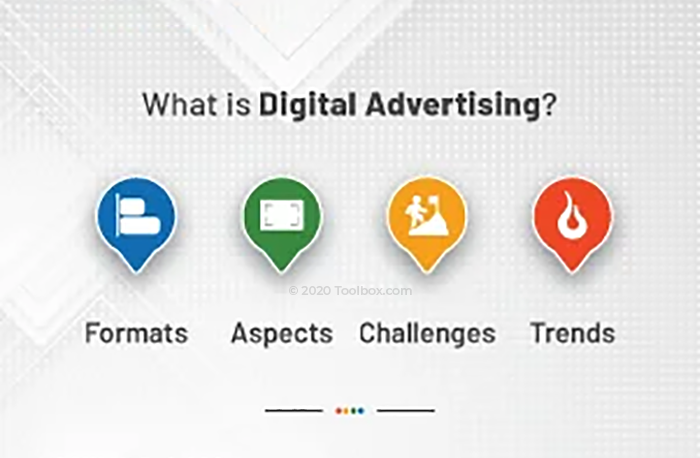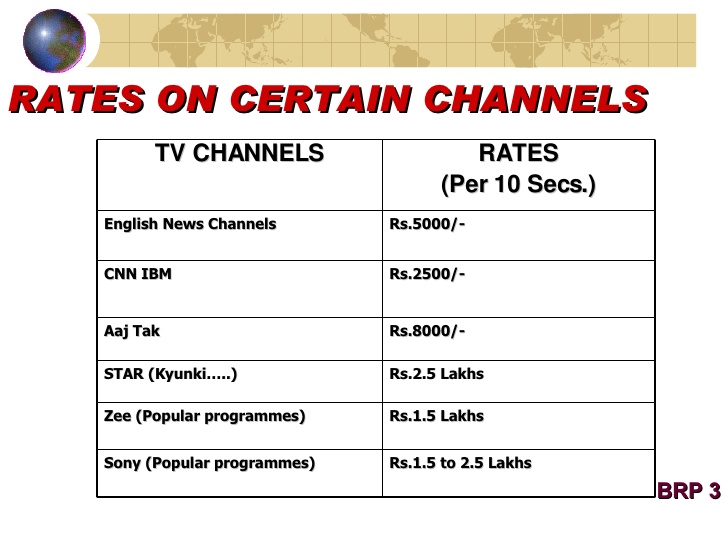
You can build strong relationships with your audience using the best influencer marketing tools. You will also gain valuable insights about which influencers are most likely to reach your target audience. These services are available to all businesses, large or small.
Onalytica allows you to find influencers and assess their impact on your business. You can search their database based on social networks, influence types and demographics. Its unique network mapping feature shows connections between brands. The database can be filtered by categories and filters. You can filter the database by category and filters to find top influencers, or influencers with followers under a certain age.
Webfluential is another influencer marketing tool that allows you to manage your outreach efforts and measure ROI. The high-performance content engine allows you to connect with advertisers and influential bloggers. This influencer market has more than 244 million followers in America and allows for retargeting.

Find Your Influence is a network that includes over 100,000 influencers. Members include Kleenex and H&R Block. This platform allows you to create campaigns, select influencers, make payments, and track the performance of your content.
BuzzSumo is an online marketing tool that puts out top content. You can create viral campaigns using its sophisticated algorithms. These campaigns combine into a highly effective branding technique. You can pay monthly or annually depending on how much you have to spend. The 20% discount on the yearly plan is however included.
Neoreach is a platform for corporations looking to create a marketing strategy similar to those employed by Fortune 1000 companies. Its database contains over 40 filters to help find the right influencers. Its roll-up view allows you to see all of your deliverables as well as deadlines and contracts.
Find Your Influence offers plans for every size business. They include an initial search and a campaign proposal. Secure payment processing is also included. You will also find a dedicated team to assist you with your marketing goals.

Upfluence offers many solutions for helping you grow your business. They have a large network of influencers. All-in-one reporting, performance metrics, custom pricing are all part of Upfluence's solution. A paid option is available if you require a more robust tool.
Buzzstream, a social media monitoring system and tracking tool that helps you find and reach the most influential people in your field. It allows you to send personalized outreach email to prospects. It can be used to track followers and unfollowers. In addition, you can view detailed analytics. It uses smarter algorithms to organize your influencer group into communities based on their interests and relationship.
Dovetale is another influencer marketing tool that can help you connect with your target market. Dovetale allows you to connect with influential people who will be a good fit for your brand. It includes robust management tools, as well as a meeting place for you to retrieve records.
FAQ
What information do you need about internet advertising
Internet advertising is a key part of any business strategy. It allows businesses to reach potential clients at a low price. However, there are many different types of internet advertising available. Some are free, while others require payment.
There are many other ways to advertise online. Each method has its advantages and disadvantages.
What is an advertisement campaign?
Advertising campaign refers to a series of advertisements intended to promote a product. It could also refer the entire production of such advertisements.
The term "ad" comes from the Latin word for "to sell." Marcus Terentius Varro, 116-27 BC, was the first to use it. He used it as a verb that meant "to make a sales."
Advertising campaigns are typically done by large agencies and companies. Advertising campaigns can involve many media types, such as television, radio, print, and the internet.
Advertising campaigns last several months and are usually focused on specific goals. Some campaigns are designed to increase awareness, while others aim to increase sales.
How can I select my target audience?
Start with yourself, and the people closest to you. If you don't know where to begin, ask yourself, "who am I trying to reach?"
Ask yourself the following questions: Who are my industry's most influential people? What problems do they have to deal with every day? What are their top talents? They hang out online.
Return to the beginning. Why did you start? What problem solved you for yourself? How did that happen?
These answers will help identify your ideal clients. These answers will help you understand your ideal clients and what motivates them to buy from you.
It is also possible to look at the websites and social networks pages of your competitors to get insight into who they cater.
Once you have identified your target customers you will need to choose the channel to reach them. You might, for example, create a website to target home buyers if you offer services to real-estate agents.
If your company provides software to small businesses, you might consider creating a blog for those owners.
If you sell clothing, you can create a Facebook fan page for teens. You could also set up a Twitter account if your restaurant is a business owner to help parents find kid-friendly restaurants.
The important thing is that you have many options for getting your message across.
What should you know about printing advertising?
Print advertising can be a powerful medium for communicating with customers. Many companies use it to promote products and services. The goal is to get the consumer's attention.
Print ads are usually one page in length and can include text, images and logos. Print ads can also contain sound, animation, videos, and hyperlinks.
Here are the main types and classifications of print advertising:
1. Brochures - These are large format printed pieces designed to attract people into stores. They often have colorful pictures and eye-catching designs.
2. Catalogues: These are smaller versions or brochures. They are typically sent to customers who have requested information on specific items.
3. Flyers - These small pieces of paper are distributed at events like fairs and concerts. They can be given at retail outlets but must be paid for.
4. Posters - These flyers can be larger than the ones you see on the flyer. These flyers can be displayed on buildings, fences and walls. They are usually created using computer software programs designed to catch passersby's attention.
5. Direct mail – This is a direct mailing of letters or postcards directly to customers. Companies send these out periodically to remind existing customers about their business.
6. Newspaper Ads - These are placed in newspapers and magazines. These ads are often quite long and include both text and images.
Why should you use social media to promote your business?
Social Media Marketing (SMM), allows you reach customers wherever they are on social media networks like Facebook, Twitter and LinkedIn. You can also target specific segments within these networks with keywords.
This advertising method is cost-effective because it costs less to market online than traditional methods. This allows you to establish strong relationships with current and future clients.
It's easy to start using social media to promote your business. All you require is a smartphone, computer or laptop and Internet access.
Advertising is what?
Advertising is an art form. Advertising is not about selling products. It's about building emotional connections between brands and people.
Advertising is about sharing stories and using images for ideas.
It is important to communicate clearly and persuasively. Your target market should be able to relate to the story you tell.
Advertising is thus different from other forms, such public speaking, writing, and presentations.
By creating a successful campaign, you can create your brand identity.
And this is how you become memorable. People want to remember you.
What is an advert buyer?
An advertiser can buy advertising space in TV, radio, or print media.
An advertiser pays for the time they want their message to appear.
They don't necessarily want the best ad, but they are more interested in what is most effective at reaching their target audience.
The advertiser may have specific demographic information about their potential customers, such as age, gender, income level, marital status, occupation, hobbies, interests, etc.
These data can be used to help advertisers decide the most effective medium. An example is direct mail that appeals to older people.
Advertisers also check out the competition. Advertisers will look at the competition to see if similar businesses are nearby.
Advertisers should also consider how much money they have available and how long it takes to use it.
Statistics
- Google will display whichever ad type (CPM or CPC) is expected to earn more revenue for the publisher, which is in Google's best interest since they take a 32% share of the revenue. (quicksprout.com)
- In 1919 it was 2.5 percent of gross domestic product (GDP) in the US, and it averaged 2.2 percent of GDP between then and at least 2007, though it may have declined dramatically since the Great Recession. (en.wikipedia.org)
- Nonetheless, advertising spending as a share of GDP was slightly lower – about 2.4 percent. (en.wikipedia.org)
- It collects money from the advertisers, keeps 32% for its role in facilitating the process, and the remaining 68% goes to the publisher (you). (quicksprout.com)
External Links
How To
How to run paid ads
Paid Advertising is any marketing activity that involves paying money. This could include buying ad space on websites, placing advertisements in newspapers or magazines, or paying someone to promote your business online. However, there are many types of paid advertising, including social media campaigns, email marketing, display advertising, search engine optimization (SEO), mobile app promotion, and even influencer marketing.
Your campaign should be cost-effective and deliver the desired results. You need to assess whether the ROI (return on investment) is sufficient to justify the cost.
Before you launch a paid campaign for advertising, you must first establish if potential customers are interested in your product or services. If you don't know where to start, try free advertising such as posting flyers around your area, making announcements at school or sharing your message via social networking sites.
Once you've identified your target audience, the best way of reaching them is determined. If you are selling organic food, for example, you might want to advertise in local newspapers classifieds. For cosmetics sales, it might be more advantageous to advertise on radio and TV.
After deciding who you want your message to reach, determine how much you can spend. There are many methods to calculate your budget. One way to calculate your budget is to divide it into daily, weekly or monthly amounts. You can also use a spreadsheet program.